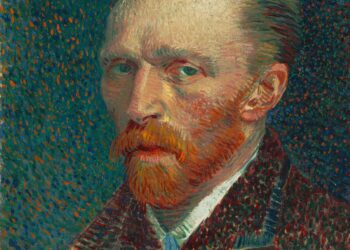Vaccine hesitancy proves that we are not ready for preventive medicine. We have our causes and effects mixed up. And the confusion is firmly entrenched in how we think. We think medicine is an effect, a response to a given cause, which we call a disease.
When we repeatedly present with high blood pressure, we are diagnosed with hypertension and given blood pressure medication. The disease, hypertension, causes us to be treated with prescription medications.
Preventive medicine requires us to think in reverse, that medicine is a cause and the prevention of disease is an effect. This is no small shift in thinking.
Imagine trying to prove that a cause is really an effect and that an effect is really a cause. It is akin to explaining to the Medieval Church that the earth revolves around the sun, not the other way around. Scientists have died trying to prove as much.
Once we acclimate to a certain way of thinking, we become set in our ways – and changing thinking is like moving mountains, nearly impossible. Just try convincing a vaccine hesitant patient to change her mind and get a COVID-19 vaccine.
Vaccine hesitant patients cannot understand why they should take medicine for a disease they may or may not get. For them, the disease is the cause, not the medicine. Persuading them that receiving medicine preemptively for a potential disease appears to them as lunacy. It simply does not make sense.
But healthcare has only itself to blame for the current state of distrust. It created this sense of cause and effect that has now indoctrinated patients.
For decades, healthcare emphasized the treatment of any and all diseases. When you present with a cough in the emergency room, you will likely receive antibiotics, regardless of whether you actually have a bacterial infection. When you present with pain, you will be asked to quantify that pain and receive treatment commensurate to the number you provide. Every disease has a defined treatment, like every cause has an effect. Eventually the thinking becomes ingrained to the point of being reflexive.
As a result, we are accustomed to treating disease with medicine. This has led to the overtreatment of patients – and explains why multi-drug resistant infections kill tens of thousands of patients annually and why we suffer the shame of rising opioid overdoses.
The overutilization of healthcare has created a dependency on treatment. This is why physicians overprescribe antibiotics and why pain management clinics are flooded with elective procedures and prescription opioids. Every cause must have an effect.
But preventive medicine requires us to break free from the cognitive shackles of such thinking. It is a paradigm shift that requires healthcare to change the causes into effects. Healthcare leaders ask this of patients when advising them to avoid unnecessary emergency department visits. Yet the same leaders who preach caution to patients will gladly schedule procedure after procedure for clinical conditions that could have been avoided by advising that same caution.
This is because caution flies in the wind when it comes to a hospital’s bottom line. As healthcare reverts to its familiar cause and effect because it is incentivized to do so.
Healthcare cannot hold one standard for the way it behaves, and then ask patients to think differently. It simply does not make sense. We cannot blame patients for adopting the thinking pervasive throughout healthcare.
Vaccine hesitancy is a phenomenon of our own creation, which we created when we prioritized treatment for disease until that thinking became cause and effect. We lauded utilization until it led to overutilization and consequently, a reactive hesitancy to vaccines among patients.
We set the thinking, so we must accept the consequences – and try to fix it.
If we have learned anything, it is that vaccine hesitancy proves healthcare must first change itself before it can ask patients to accept preventive medicine. This is the real cause and effect.















